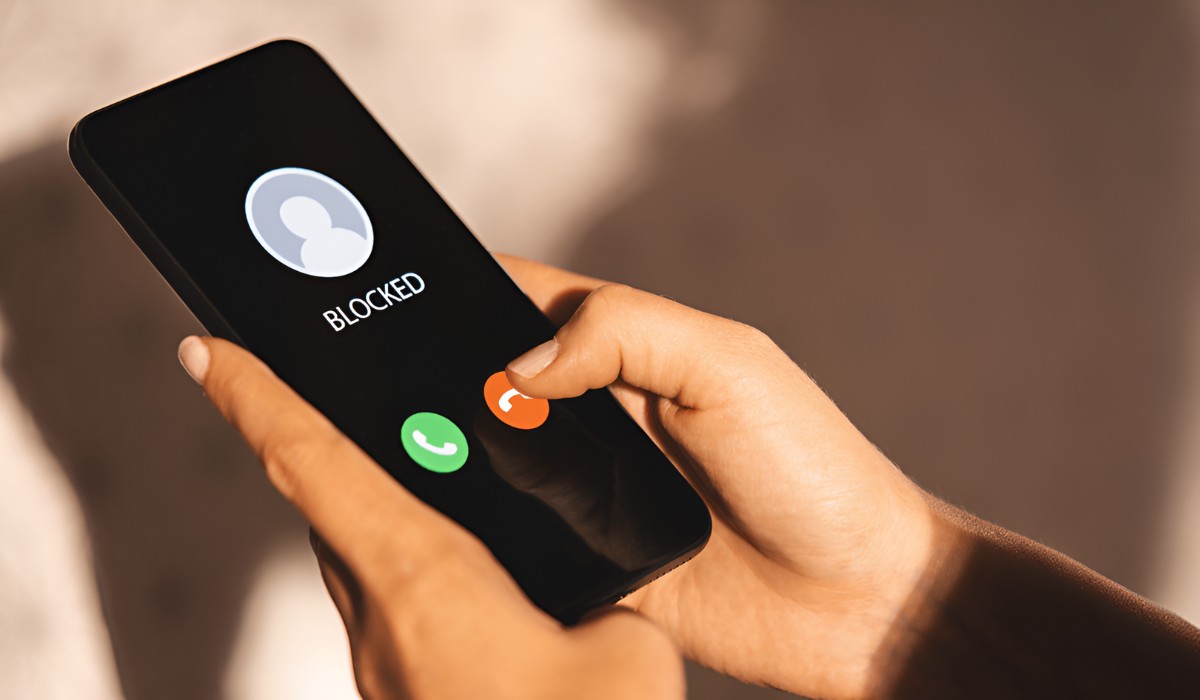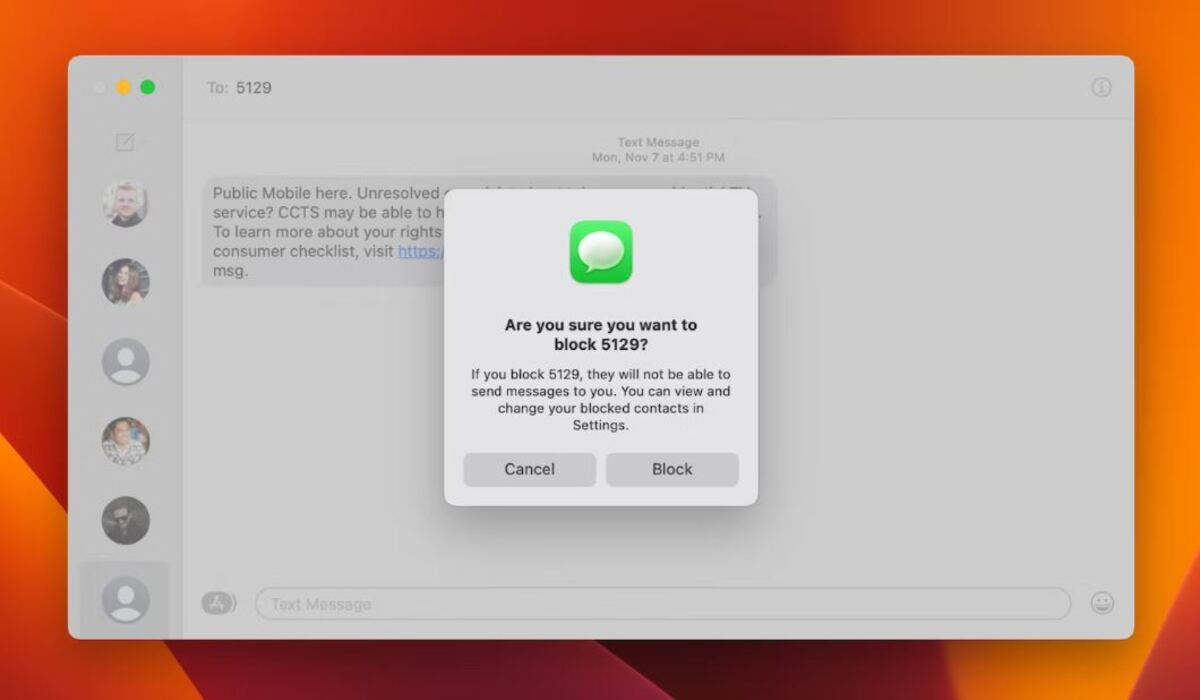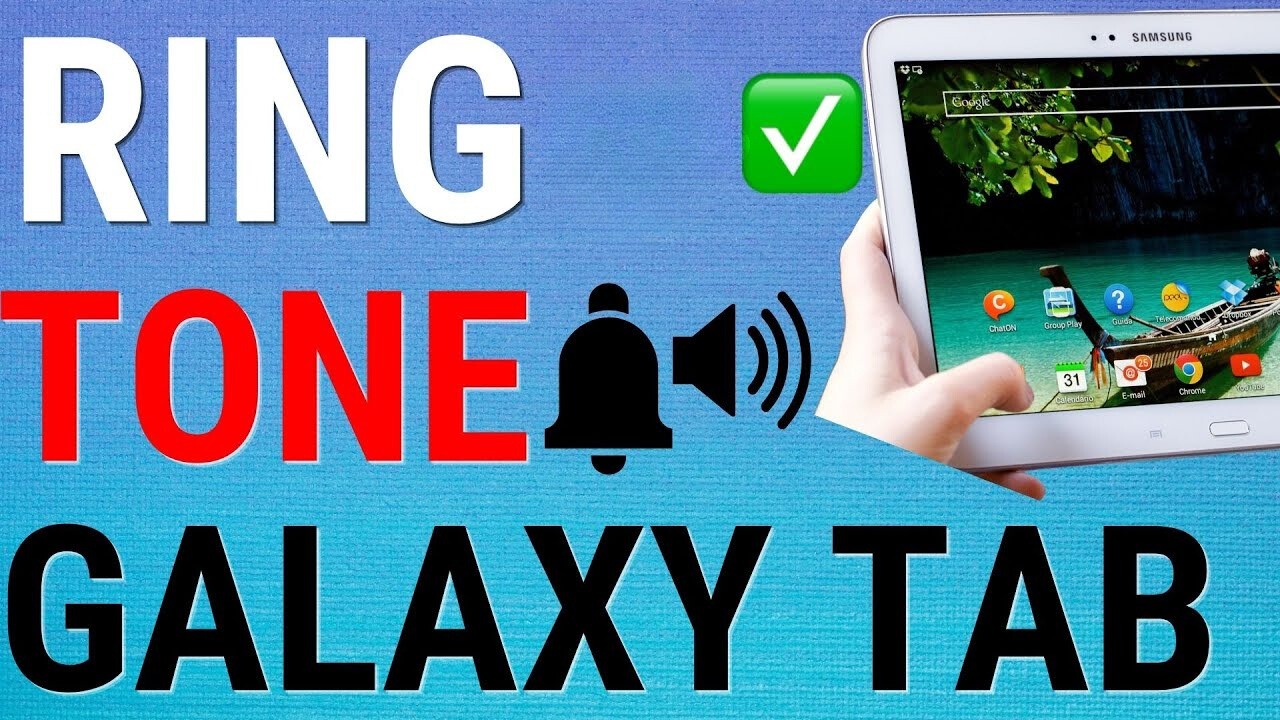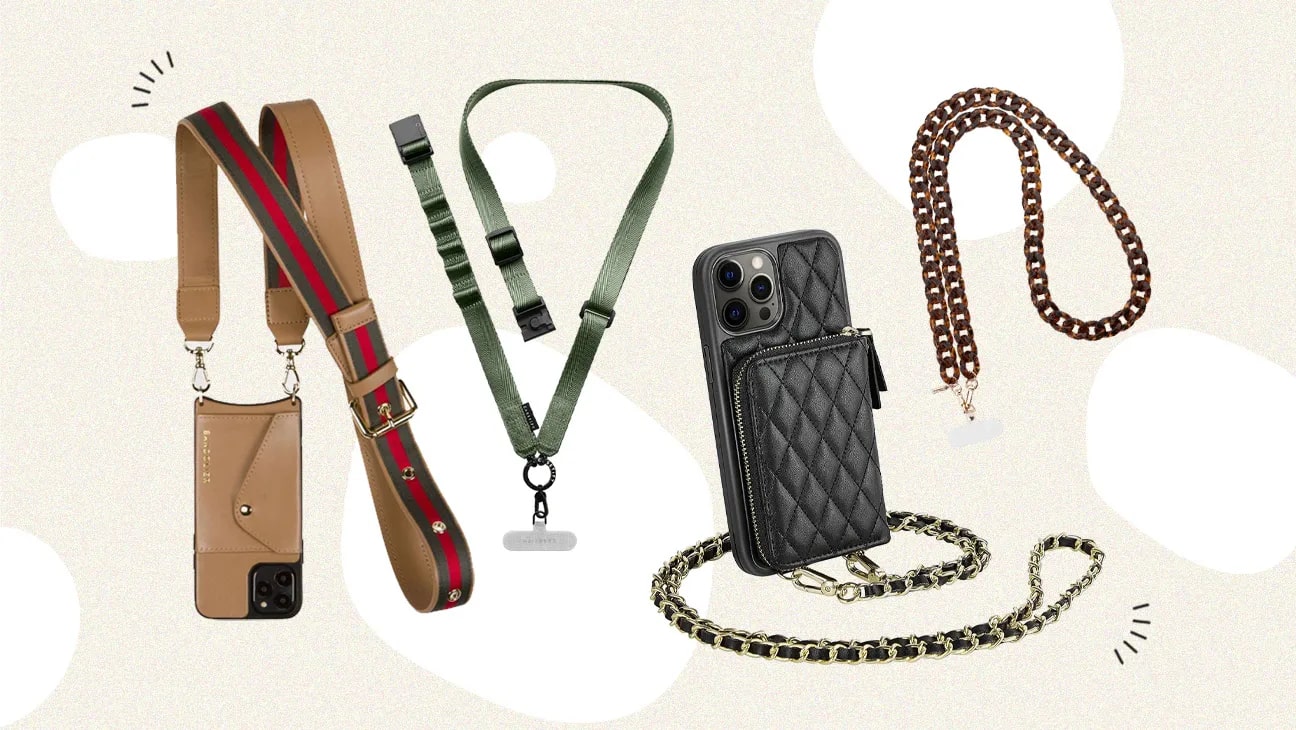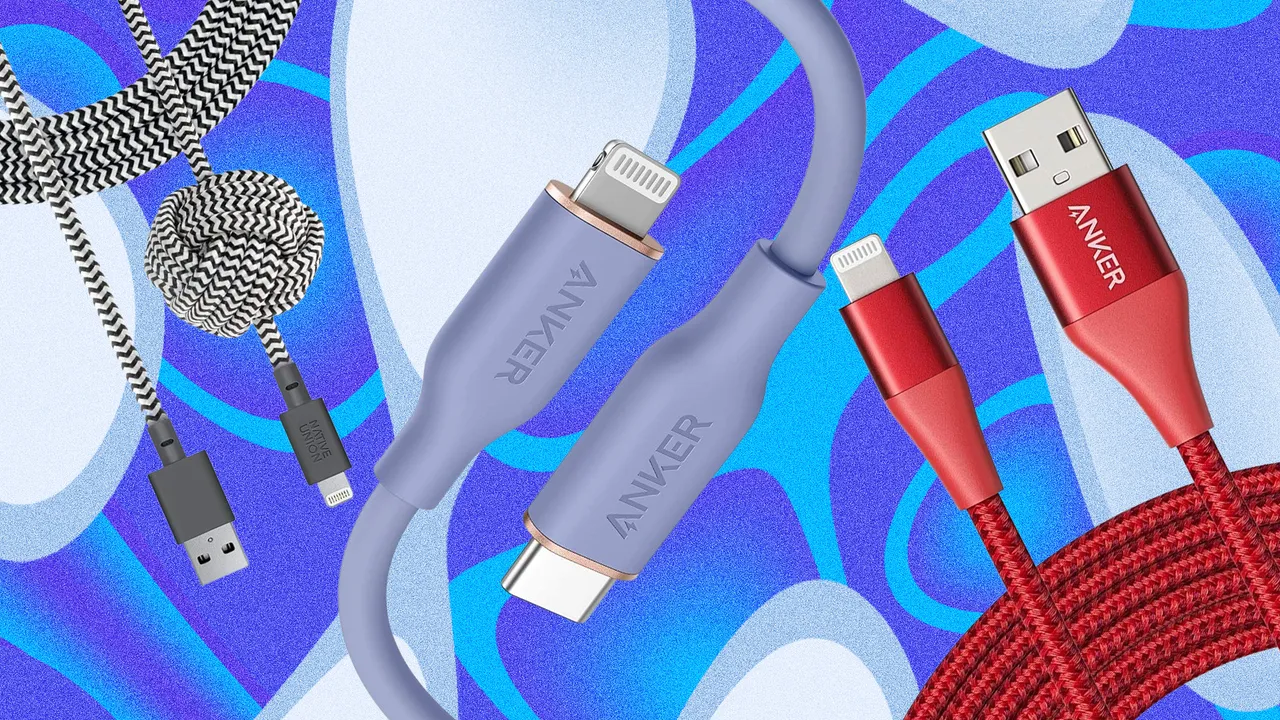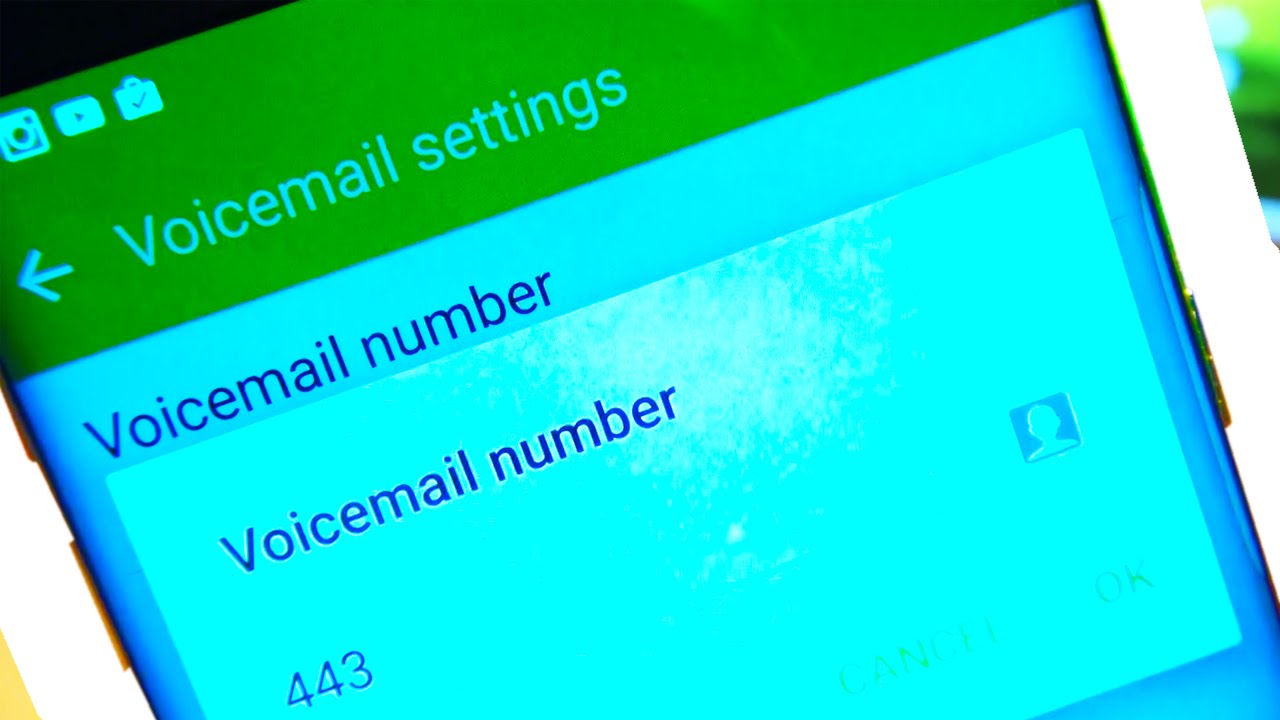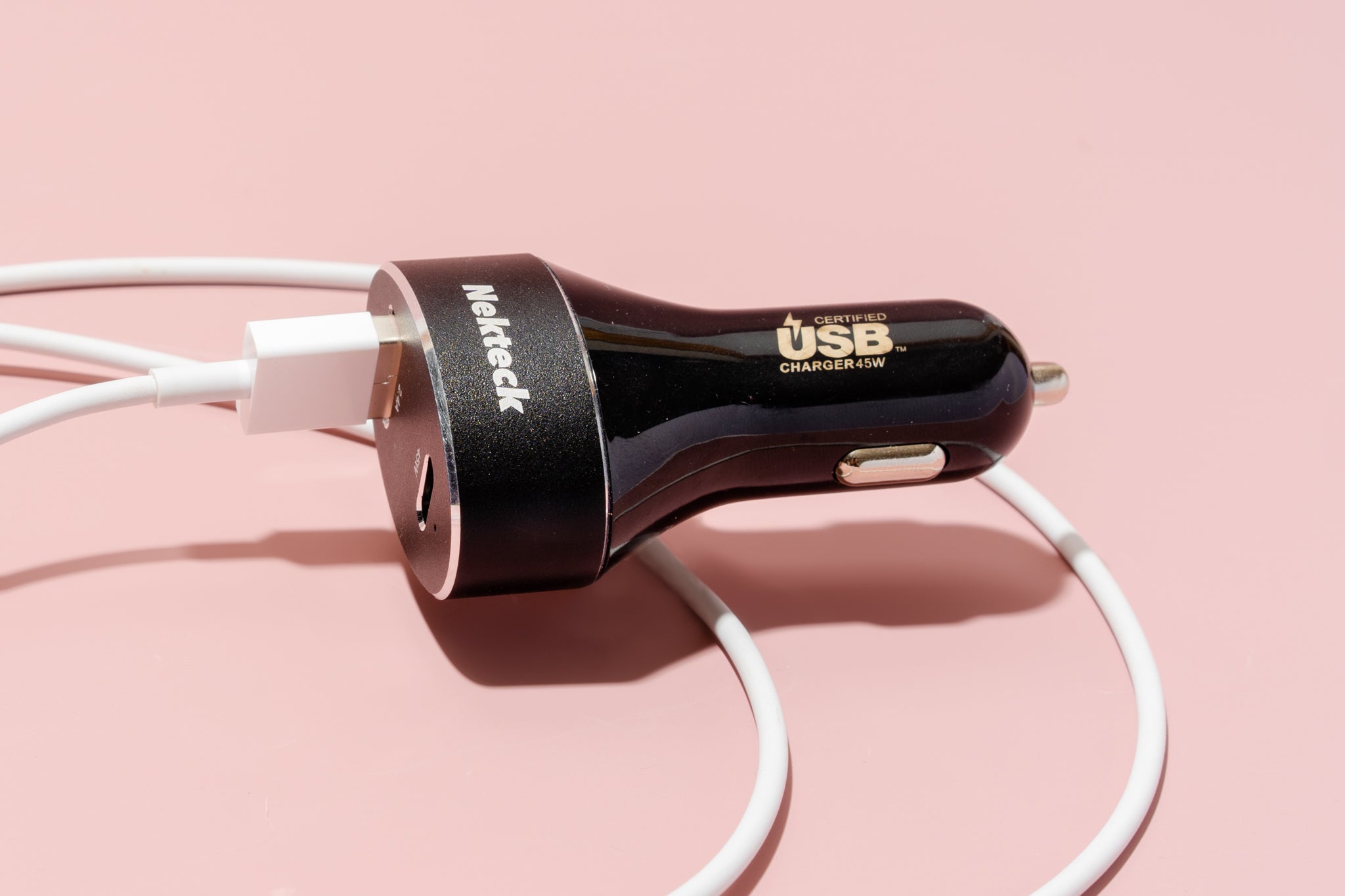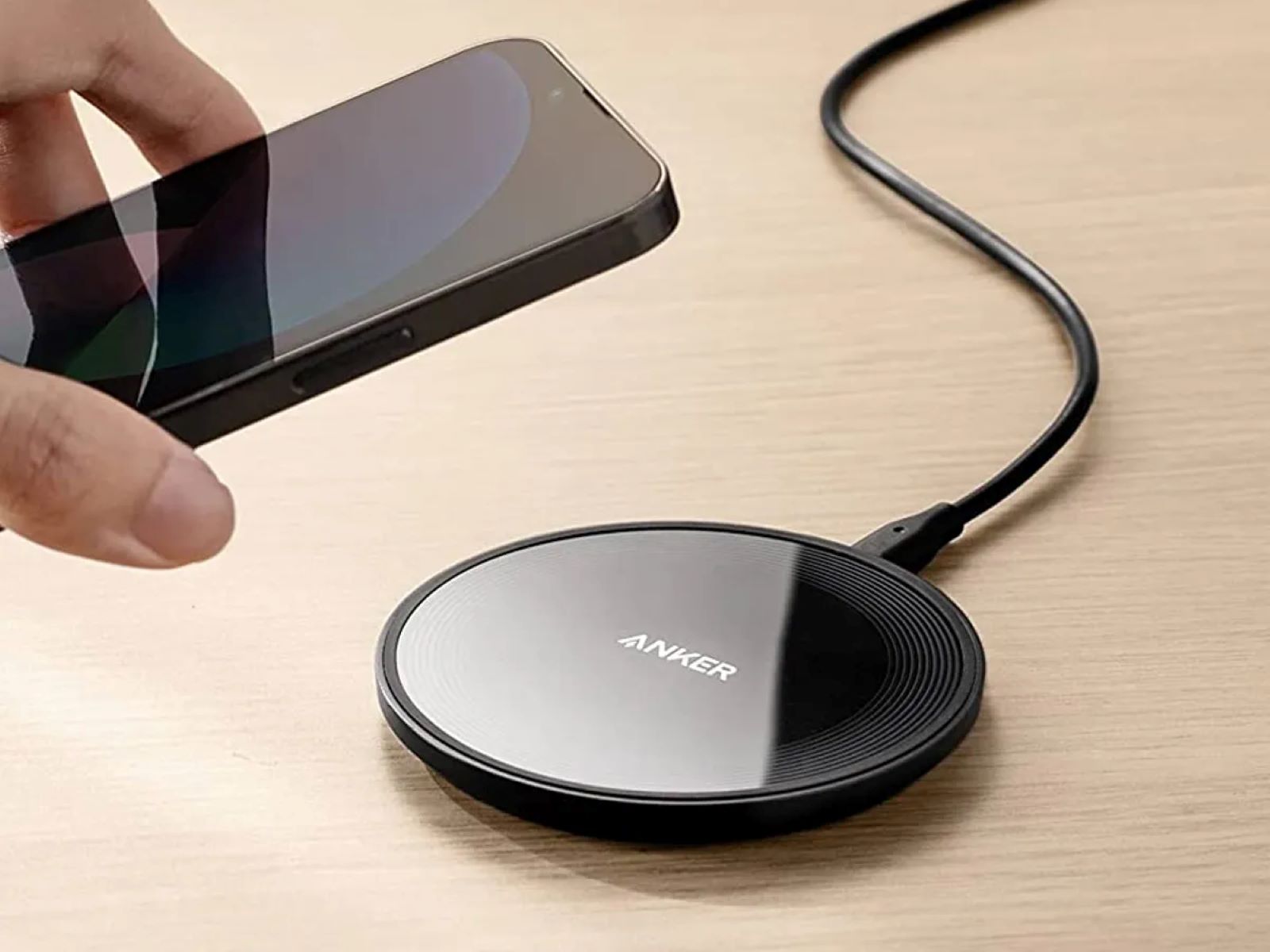What is Phone Blocking?
What is Phone Blocking?
Phone blocking, also known as call blocking, is a feature that allows individuals to prevent specific phone numbers from reaching them. This functionality is commonly used to avoid unwanted calls, such as telemarketing or spam calls, as well as to block calls from specific individuals. Phone blocking can be implemented through the device's settings, a carrier's service, or third-party apps.
Phone blocking serves as a valuable tool for managing incoming calls and maintaining privacy. By utilizing this feature, individuals can exert greater control over who can communicate with them via phone calls, thereby minimizing disruptions and potential sources of annoyance. Additionally, phone blocking can contribute to a sense of security by preventing unwanted or harassing calls from reaching the recipient.
It’s important to note that phone blocking is a proactive measure taken by the call recipient to restrict incoming calls from specific numbers. This distinguishes it from call screening, which involves the recipient reviewing the caller’s information before deciding whether to answer the call. Phone blocking is a more definitive action, effectively preventing designated numbers from connecting with the recipient’s phone.
As the prevalence of unsolicited and nuisance calls continues to be a concern for many individuals, the ability to implement phone blocking has become increasingly important. This feature empowers users to curate their incoming call experience, fostering a greater sense of control and peace of mind.
How Does Phone Blocking Work?
How Does Phone Blocking Work?
Phone blocking operates by intercepting incoming calls from specified numbers and preventing them from reaching the recipient’s phone. The process involves the coordination of various components, including the device, carrier services, and third-party applications, to effectively block unwanted calls.
When a call is placed to a phone number that has been blocked, the call is typically redirected to voicemail or simply denied, depending on the settings configured by the recipient. The specific mechanics of phone blocking can vary depending on the method of implementation, such as through the device’s settings or a carrier’s call-blocking service.
Device-based phone blocking typically involves the user manually inputting the phone numbers they wish to block into their phone’s settings. Once these numbers are designated as blocked, incoming calls from those numbers are automatically prevented from ringing through to the recipient’s phone. Some devices also offer the option to send blocked calls directly to voicemail, where the caller can leave a message that the recipient can review at their discretion.
Carrier-based phone blocking leverages the service provider’s network to intercept and block incoming calls from specified numbers before they reach the recipient’s device. This approach can provide a more comprehensive and seamless blocking experience, as it operates at the network level rather than relying solely on the recipient’s device settings. Many carriers offer call-blocking services as part of their subscription plans, allowing users to manage blocked numbers through their account settings.
Third-party call-blocking applications offer an additional layer of customization and control, allowing users to access advanced features for managing and blocking calls. These applications can provide real-time call identification and blocking, community-based spam call reporting, and customizable blocking parameters to tailor the call-blocking experience to the user’s preferences.
By understanding how phone blocking works and the various methods of implementation, individuals can make informed decisions about the most suitable approach for managing unwanted calls and maintaining communication preferences.
Does a Blocked Call Ring on the Other End?
Does a Blocked Call Ring on the Other End?
When a call is placed from a blocked number to the recipient, the behavior of the call on the caller’s end can vary depending on the specific blocking method and the recipient’s settings. Understanding how a blocked call is experienced by the caller provides insight into the dynamics of phone blocking and its impact on both parties involved.
Typically, when a call is made from a blocked number to a recipient who has implemented phone blocking, the call will not ring through to the recipient’s phone. Instead, the caller may encounter different outcomes based on the recipient’s settings and the method of phone blocking in place.
In some instances, the caller may hear a message indicating that their call has been blocked or is not permitted to connect. This message serves as a notification to the caller that their call has been intercepted and prevented from reaching the recipient. Alternatively, the call may be automatically redirected to the recipient’s voicemail, allowing the caller to leave a message despite the call being blocked.
It’s important to note that the caller may not receive explicit notification that their call has been blocked, as the experience can vary based on the recipient’s phone settings and the specific call-blocking method employed. From the caller’s perspective, the call may simply appear to go unanswered or result in a generic error message, depending on the recipient’s phone and carrier services.
While the caller’s experience of a blocked call may differ based on the recipient’s settings, the primary outcome remains consistent: the call is prevented from directly reaching the recipient’s phone. This fundamental aspect of phone blocking underscores its effectiveness in managing unwanted calls and preserving the recipient’s communication preferences.
By understanding the behavior of blocked calls from the caller’s perspective, individuals can gain insight into the impact of phone blocking on incoming calls and the communication dynamics between callers and recipients.
How to Tell if Your Call is Blocked
How to Tell if Your Call is Blocked
Recognizing whether your call has been blocked by the recipient can be challenging, as the experience of a blocked call may vary based on the recipient’s settings and the method of phone blocking in use. However, there are several indicators and behaviors that can offer insight into whether your call has been blocked.
One common indication of a blocked call is that the call immediately proceeds to voicemail after a single ring or without ringing at all. This behavior suggests that the recipient’s phone is automatically redirecting blocked calls to voicemail, allowing the caller to leave a message despite the call being blocked from ringing through to the recipient’s phone.
Another potential sign of a blocked call is the absence of a voicemail notification or call log entry following an attempted call. If your call does not result in a voicemail notification on the recipient’s phone or appear in the call log, it may indicate that the call has been blocked before reaching the recipient’s device.
In some cases, a blocked call may result in a busy signal or a message indicating that the call cannot be completed. These outcomes can suggest that the recipient’s phone is actively preventing the call from connecting, potentially due to call blocking settings or network-level call interception.
When a call is blocked, the caller may also notice a lack of ringing or call connection feedback, such as the absence of typical call progress tones or the immediate termination of the call attempt. These indicators can signal that the call has been intercepted and prevented from reaching the recipient’s phone.
It’s important to approach these indicators with caution, as the behavior of blocked calls can be influenced by various factors, including the recipient’s device, carrier services, and call-blocking settings. Additionally, some indicators of a blocked call may also align with other call-related scenarios, such as network issues or the recipient’s phone being turned off.
By recognizing potential indicators of a blocked call, individuals can gain insight into the recipient’s call-blocking behavior and make informed decisions about their communication approach. It’s essential to respect the recipient’s communication preferences and privacy, even if a call appears to be blocked, and to consider alternative methods of reaching out if necessary.







